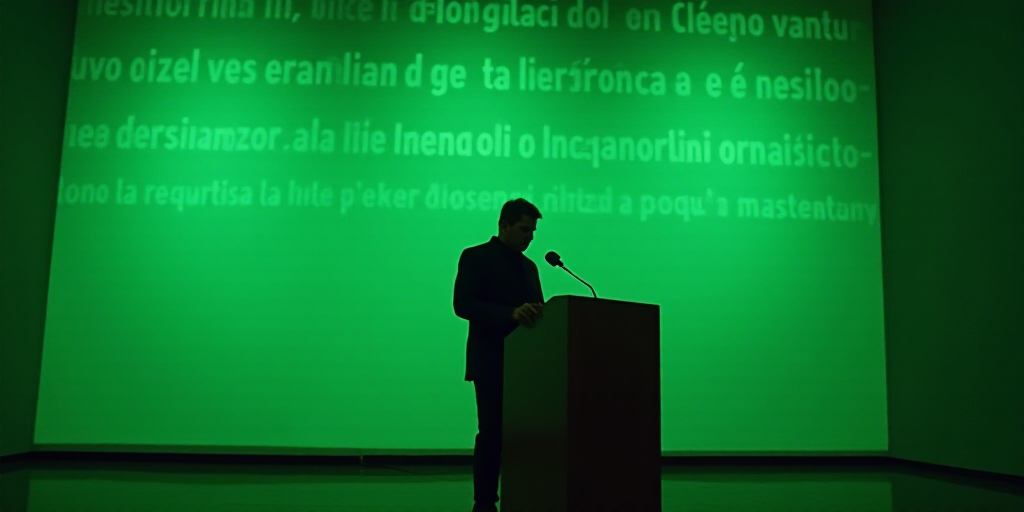Introduction to SITATYR and its Current Challenges
The Industrial Workers and Artists Union of Television and Radio (SITATYR) stands at a critical juncture as technological advancements and labor transformations threaten its traditional structures and the protection of its more than 28,000 members. Ernesto Arellano, General Secretary of the union, has outlined several pressing challenges that shape the organization’s agenda.
The Rapid Advance of Artificial Intelligence (AI)
During the LXXXIX Ordinary General Assembly, Arellano told El Economista that the rapid progress of AI poses the most immediate challenge. He emphasized AI’s ability to “displace” labor by replicating tasks ranging from image generation to producing complex audiovisual content, as seen in the recent Hollywood strike. Protecting image and author rights in the digital era has become a crucial priority for the union.
Technological Obsolescence and Continuous Training
Arellano acknowledged that technological obsolescence is constant. “What’s new today will be outdated tomorrow,” he said, necessitating continuous training for employees. Simultaneously, changing consumer habits, with young people moving from traditional television to digital platforms, compels the sector to reinvent its content to maintain relevance and audience.
Adapting to a Changing Industry
Regarding the Contract-Law, which covers the entire radio and television industry, Arellano stated that they face the need to adapt to a reality distinct from its original conception. Originally designed during television’s heyday, it must now reconcile with declining audiences, the crisis in media like AM radio, and the emergence of new companies with different business models. The challenge is to support businesses in their adaptation without compromising labor rights.
Cultural Challenges with New Generations of Workers
Arellano noted that the arrival of new generations of workers presents a cultural challenge. He pointed out a perception among young people that they deserve benefits without recognizing the historical efforts of the union to secure them. Additionally, the loss of “belonging” and the trend towards labor rotation, where young people seek job changes more frequently, contrasts with the traditional sector stability.
Standardizing Work Hours
While the Contract-Law ensures a 40-hour workweek in most of the sector, disparities persist in areas like cable and telecommunications, where workweeks can extend to 42, 46, or even 48 hours. SITATYR aims to standardize the workweek at 40 hours, arguing that adequate rest contributes to increased productivity and worker protection in more demanding jobs.
Strategies to Address Challenges
Arellano indicated that the union bets on constant dialogue with employers, recognizing that good relations and economic stability are key to achieving better benefits. Furthermore, in this edition of the LXXXIX Ordinary General Assembly, crucial topics such as AI application in media, implementing the 40-hour workweek, and resolving specific issues faced by colleagues in companies are addressed, aiming for continuous updates and feedback from their base.
Key Questions and Answers
- What is SITATYR and who is Ernesto Arellano? SITATYR is the Industrial Workers and Artists Union of Television and Radio, representing over 28,000 members. Ernesto Arellano is the General Secretary of SITATYR.
- What challenges does SITATYR face? SITATYR faces challenges from rapid AI advancements, technological obsolescence, changing consumer habits, and adapting to a shifting industry landscape. Additionally, new generations of workers present cultural challenges.
- How does SITATYR plan to address these challenges? SITATYR aims to maintain constant dialogue with employers, standardize work hours, and continuously update practices to address AI application, changing consumer habits, and labor rights.






